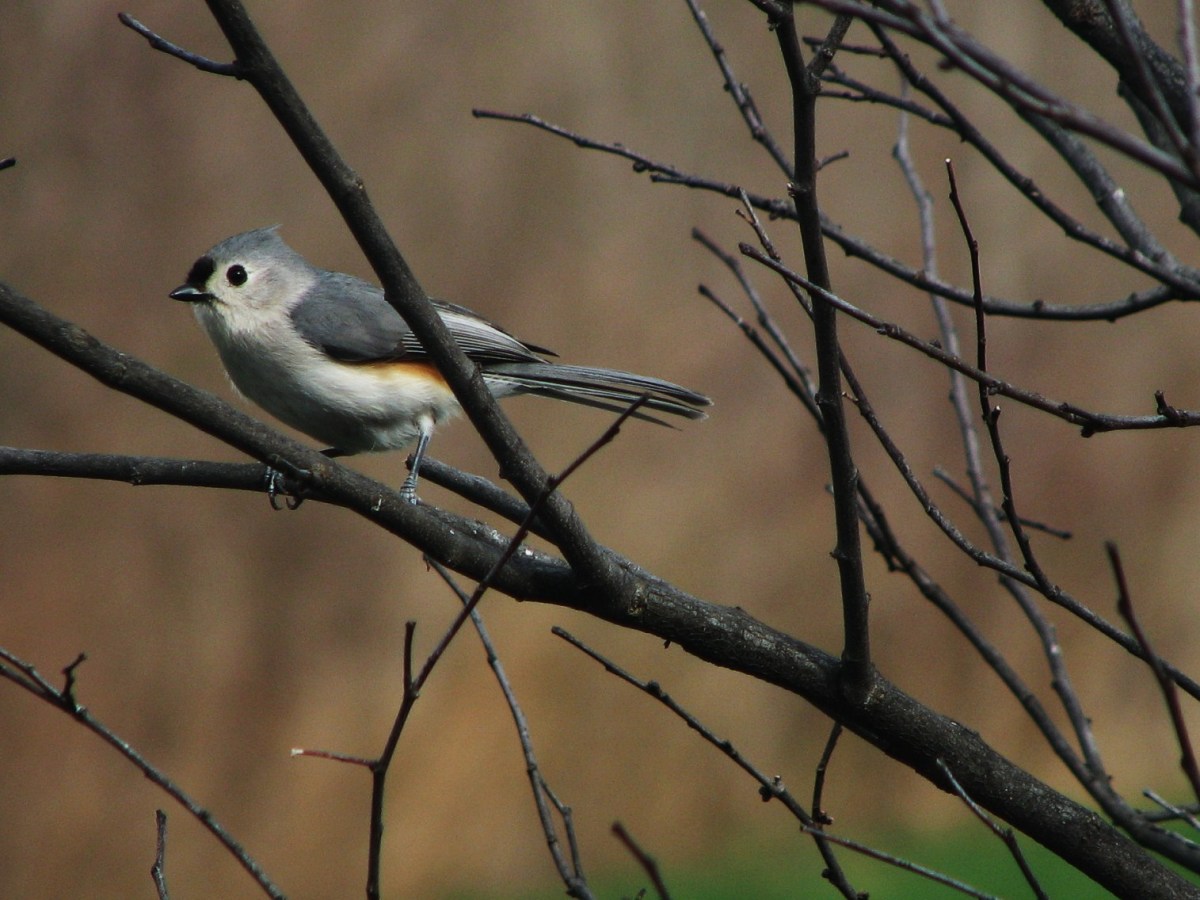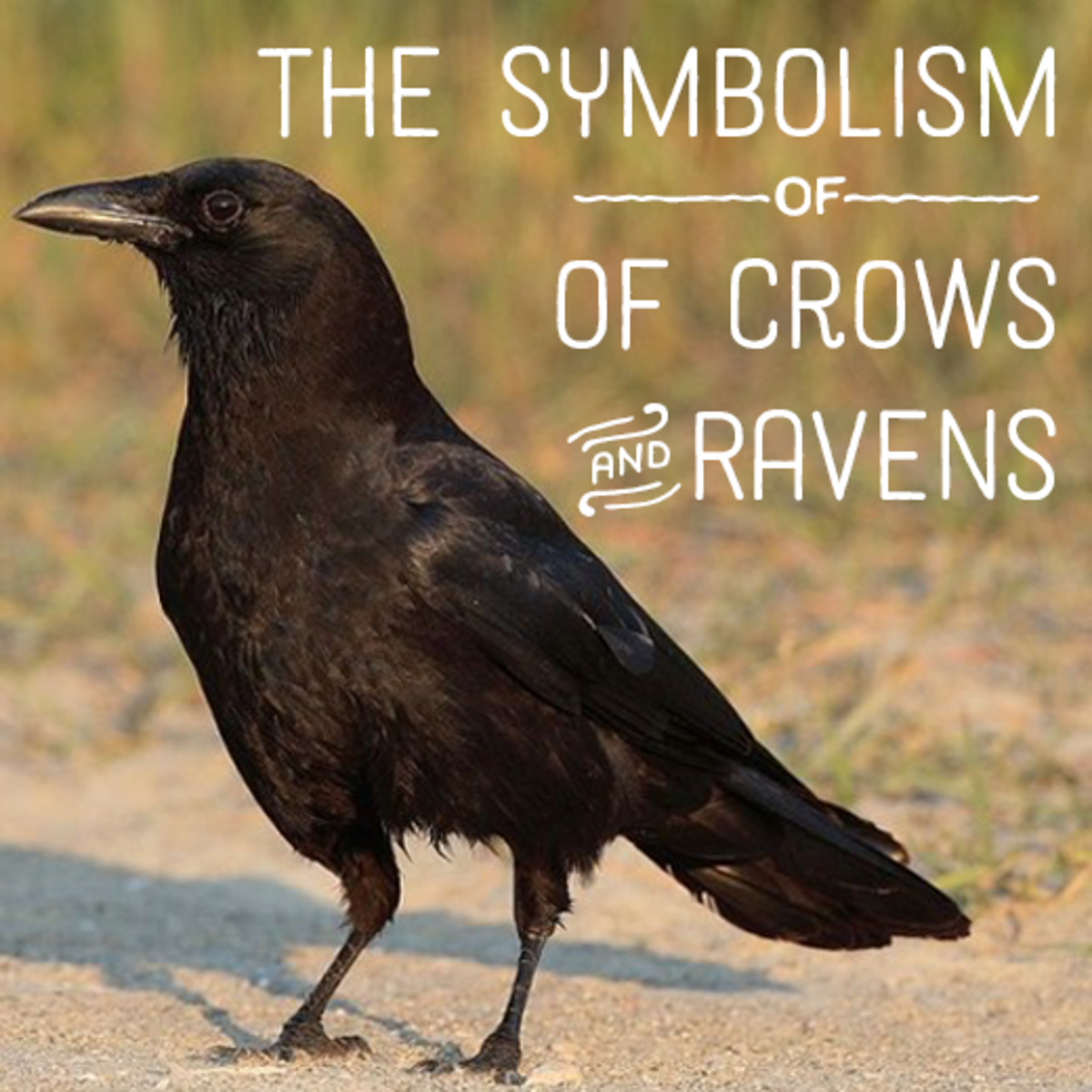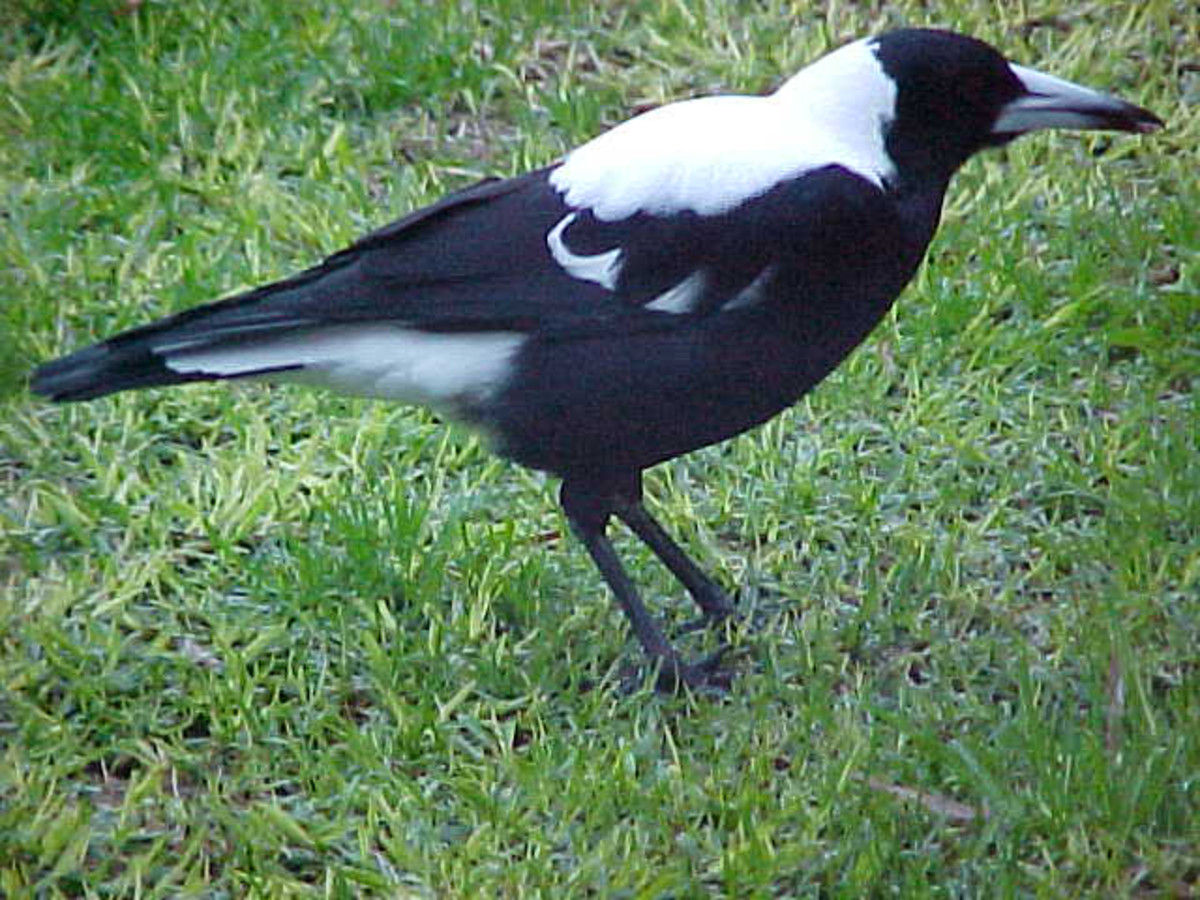Build a Bird House!


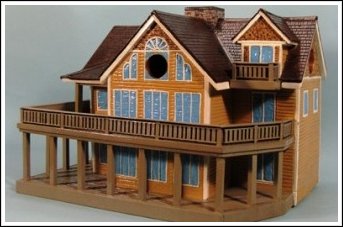
People build bird houses for several reasons. Perhaps to beautify their property or maybe they love to see a variety of colorful birds. Some have found building them can be therapeutic.
Building a bird house is not complicated. But building one to attract a specific type of bird, safely constructed, properly located and conducive to propagating the species, requires a little knowledge. There are several things to consider before starting. What type of bird the house is for and what will attract them to it.
First, will the bird house be built from personally drawn plans or from a kit? Kit plans are usually safe because all mitigating factors have been considered. What factors?
· Will it be properly ventilated?
· It must have satisfactory drainage.
· The entrance hole must be the proper size. Not all birds are the same size.
· Only nontoxic paints should be used.
· Should a perch be installed?
· What building materials should be used.
· Will it be sturdy and weatherproof?
These are all factors to be considered for specific birds in specific locations. A variety of free plans can be obtained online for the do-it-yourself buff such as:http://www.freebirdhouseplans.net/freebuildingbirdhouseplans.html

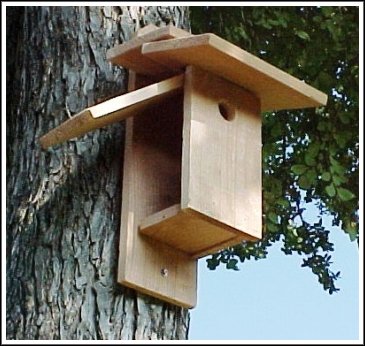
Although there will be differences there are some general guidelines. Bird houses should be cleaned each spring, so making a hinged roof or side can make this job much easier. However, raccoons are sly devils and can open a hook and eye fastener, so proceed accordingly. Cats are another problem. The roof should have at least a two-inch overhang to prevent them from reaching in. This will also protect the entrance from wind-driven rain.
Bird houses should be safe from predators. They should be mounted on poles equipped with a predator guard,a device placed on the pole that will prevent raccoons, cats and snakes from climbing up. They can be obtained commercially or easily made at home.

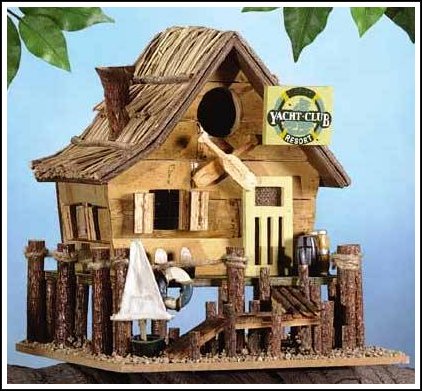
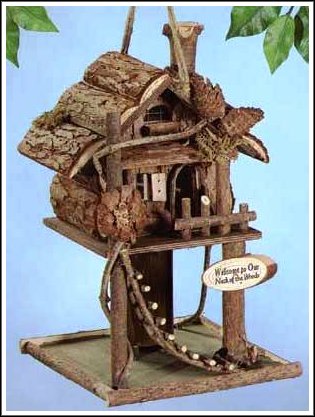
As mentioned previously, bird houses must also have adequate drainage and ventilation. A good plan is to drill four ¼ inch drain holes, one on each corner bottom and two 5/8-inch ventilation holes near the top of each side. The sides should also enclose the floor to keep rain from seeping in. Most knowledgeable builders recess the floor ¼ inch up from the bottom to keep moisture from rotting them.
Many commercially bought bird houses come with a cute little perch attached. Pretty, aren’t they? Well take them off! Only starlings and house sparrows find them useful. Starlings and house sparrows are not birds the common bird house builder is trying to attract. Entrance holes should be 1 3/8 inches or smaller to keep them out.
Another thing to remember is most birds are territorial and will protect their area. The types and number of birds in a certain location will depend on region and food sources. This will also determine how many bird houses should be set up. Therefore, if more than one bird house is being erected they should be spaced at least 25 feet apart. However, for bluebirds, make it 300 feet. If the house is to be used by wood ducks, Goldeneye or mergansers, there should be no conflicts with spacing since they are not territorial.
Territory size dictates how many pairs of a particular species will nest in a certain location. Robins, for example, may defend a territory of less than an acre while chickadees may claim territories of up to 10 acres. Territory size does not depend on bird size, but on environmental factors, including the type of food a particular bird eats.
So, it’s readily obvious birdhouses should be made for single pairs. Multiple units are useless except to the Purple Martin. These are a type of swallow that nest in colonies and are only found at specific breeding sites in Massachusetts. Unless there are martins in the area any units made will probably become a home for House Sparrows. Generally, the average sized backyard will support several pairs of different species.
It should be noted, a bird house may also attract some undesirable tenants. Wasps, hornets and even mice often find these structures an ideal residence.
Now, what materials should be used to build a bird house? Never use tin cans, milk cartons or metal. These materials can overheat and kill the birds and their eggs. Wood is considered the best for several reasons. First, it’s easy to work with and it “breathes.” However, don’t use pressure-treated wood. When it gets wet it can give off poisonous vapors. Bird houses should be painted or stained, but only on the outside.
Bird houses should be erected in the fall or early winter. This gives birds’ ample time to find them before breeding season. Most people leave their bird houses up year-round to serve as roosting sites in the winter. Whether on a pole or tree, all bird houses should be tightly secured so they won’t sway in the wind. For some reason, birds find this extremely annoying.



